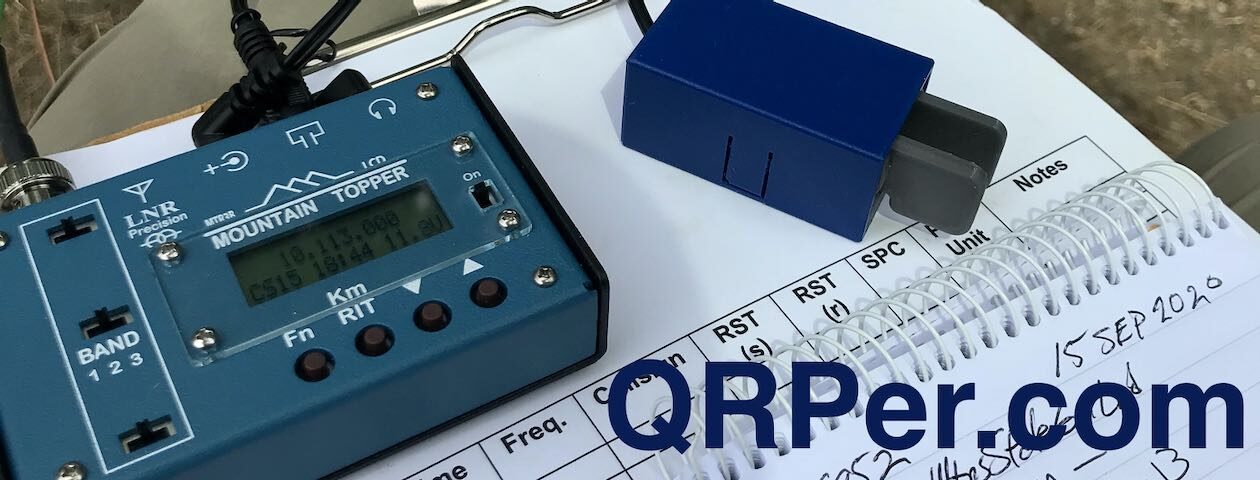 February and March 2022 were a crazy couple of months for me.
February and March 2022 were a crazy couple of months for me.
So crazy, that I wasn’t able to fit in one single POTA or SOTA activation for a nearly 4 week period. I’m not sure I’ve ever been that long without an activation since I started POTA in earnest.
Between home projects, wacky weather, timing/logistics, and even a brush with Covid, I had my hands full.
Thankfully, on Friday, March 19, 2022, the stars aligned and I was able to fit in an activation of Bakers Mountain for the Summits On The Air (SOTA) program.
It was so nice hitting the field again!
Pale Blue AA Battery Field Test
I like shaking up my activations and trying new transceiver/antenna pairings. On this particular activation, I had a special test in mind.
A few months ago–almost as an impulse purchase–I ordered a set of eight Pale Blue AA Li-Ion rechargeable batteries. I didn’t check the specifications, but I did watch this somewhat promising assessment on The Tech Prepper YouTube channel.
My hope was that these little Li-Ion cells might power my Elecraft KX1 long enough to complete a field activation.
The KX1 is a marvel of QRP engineering, in my humble opinion, and it was the first super portable transceiver I owned that could be powered by internal batteries.
When the KX1 was first introduced, Elecraft recommended using non-rechargeable Advanced Lithium AA cells from Energizer and Duracell. These batteries sported a rather flat discharge curve and could power the KX1 for quite a while. Of course, the downside is they’re single-use and expensive. Six of those cells would often set me back nearly $9 or $10. Before I started doing POTA and SOTA, I kept a set of advanced lithium cells in my KX1 for casual, impromptu QRP in the field.
Doing frequent field activations–which tend to have much more transmitting time than casual Qs–it’s just not sustainable to purchase these cells, so I tend to power the KX1 with an external battery.
I couldn’t resist the thought that I could use USB rechargeable batteries in the KX1, so I forked out $60 (mild gasp!) for a set of eight AA batteries (these are purchased in packages of 4).
The cool thing about the Pale Blue batteries is that they can be directly charged from any 5V USB power source. Each battery sports a Micro USB port and its own internal battery/charge management system.
 I was well aware these batteries would not power the KX1 for hours at a time, but I was hoping they could for at least 30-45 minutes.
I was well aware these batteries would not power the KX1 for hours at a time, but I was hoping they could for at least 30-45 minutes.
The only way to really find out was to do a real-life field test. A SOTA activation would be ideal! Continue reading SOTA Field Report: How long will Pale Blue Li-Ion rechargeable batteries power the Elecraft KX1?




























